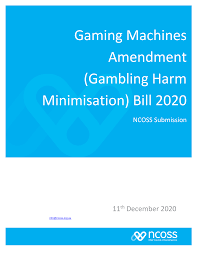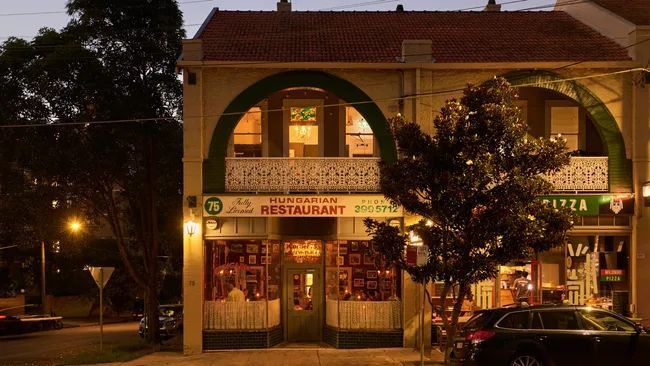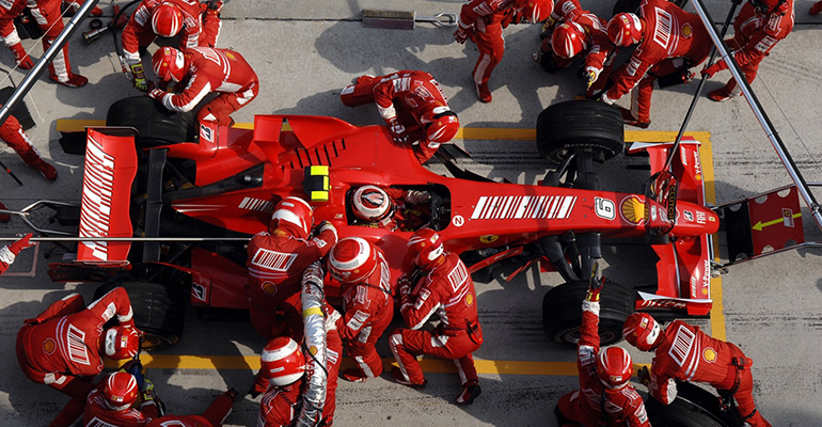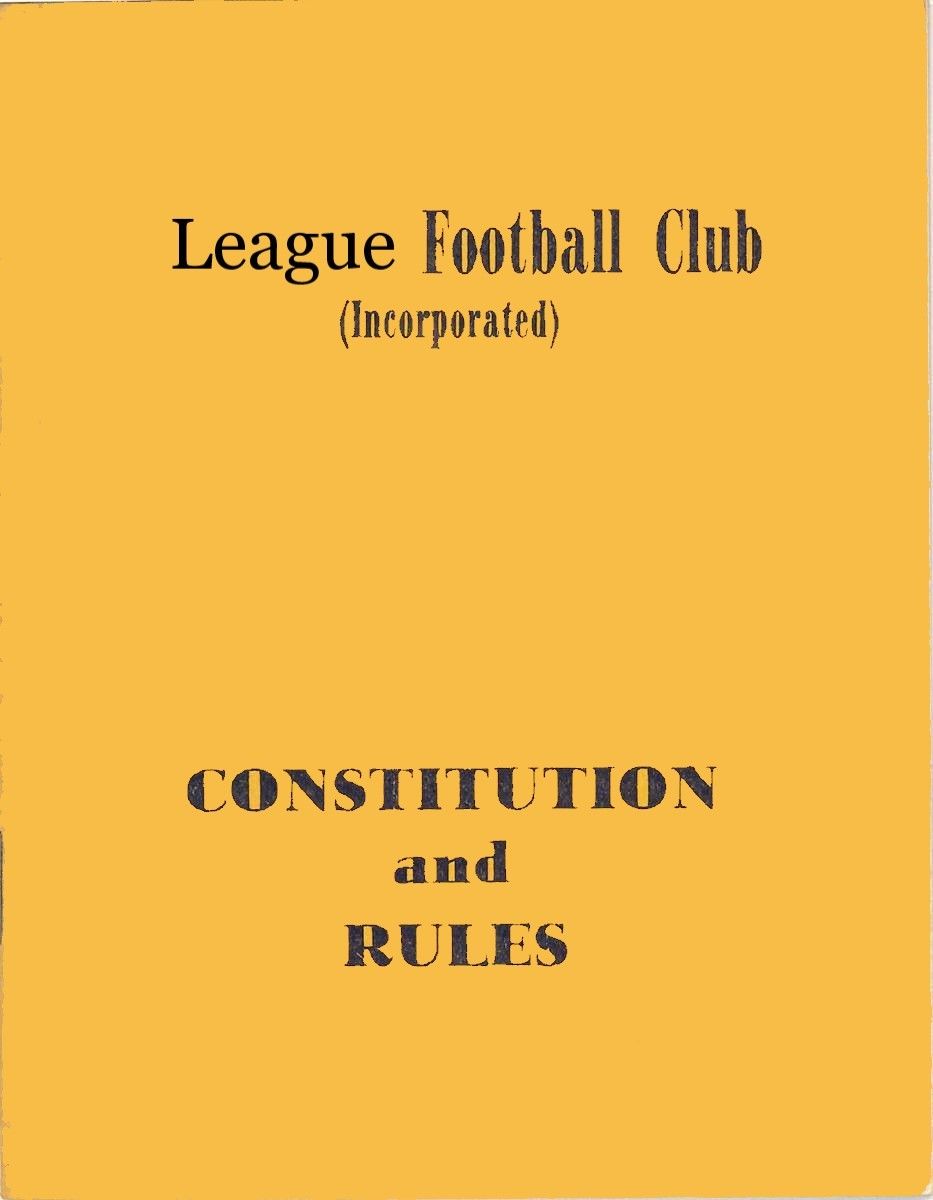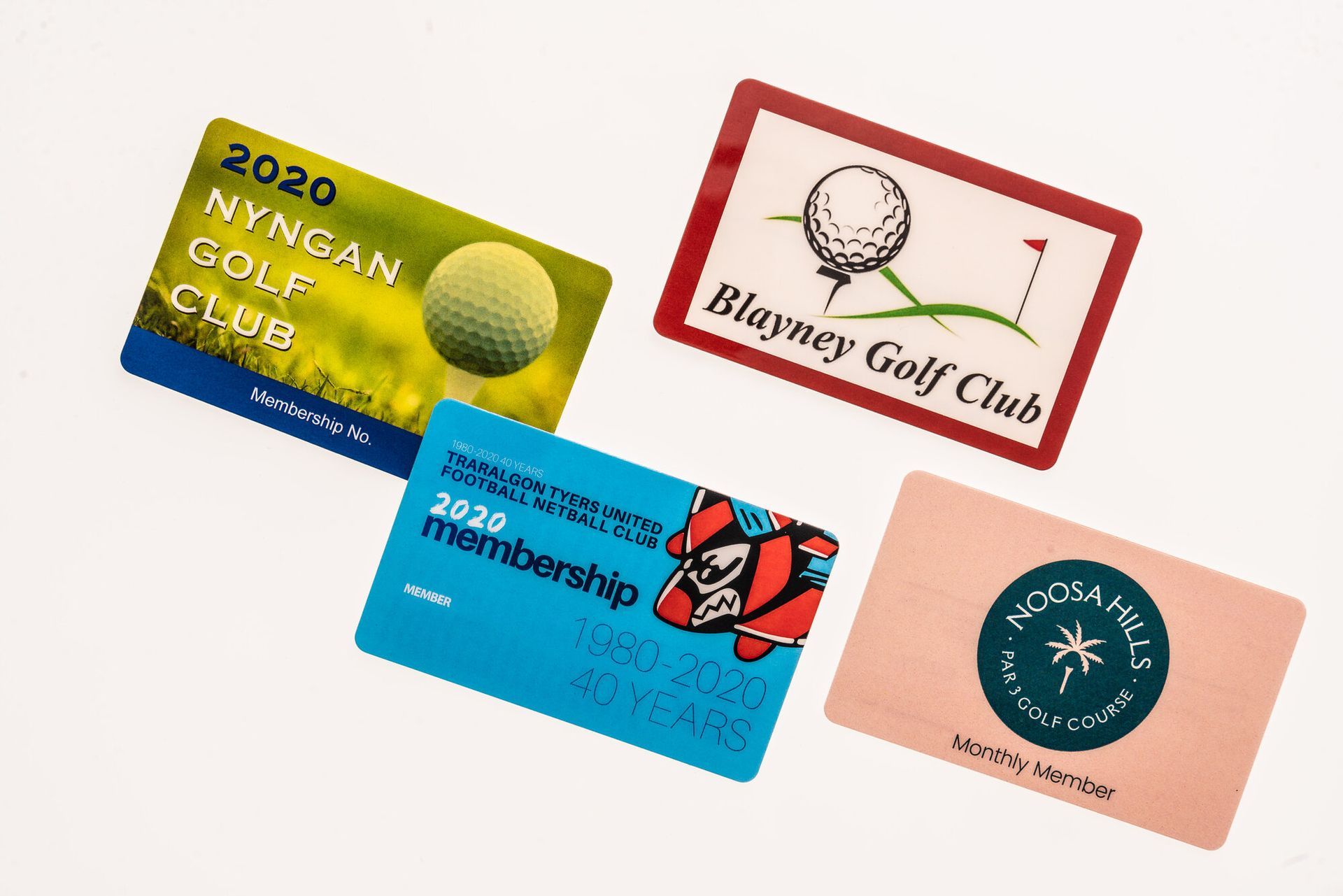Analyse your Gaming
Ron Browne • May 20, 2021
Working the floor...

Analyse your Gaming
Gaming, through electronic gaming machines (better known as Pokies) is still a key part of the operation of clubs and pubs alike. Whilst my key mantra for hospitality success is “Good food, good beer, good atmosphere”, there is a clear need to maximise all forms of revenue for your operation. This includes all forms of entertainment, be it pokies, the TAB or bingo, we need to look to maintaining good cashflow and, more importantly, profitability.
If you look at the dollars per square metres ($/m2) that we generate from our floor plans, the gaming room will always be in front. You cannot incentivate gaming or alcohol consumption for management of your operation, but anyone worth their salt understands that gaming is a key element of profit. A renowned club manager once said “Gaming represents only 60 percent of my turnover, but 110 percent of my profit”.
You can promote gaming to your members in internal marketing, and you can run some ‘Pokie Promotions’ to fill a few more seats in your pokie room from time to time, but you cannot do that every day. So you need to analyse your ‘floor’ and see what is working.
Now I am happy to declare that I am not the Gaming expert you should come to for advice. There are plenty of industry experts out there, with the gaming machine companies and consulting firms, as well as individuals who can design a gaming floor for you and provide the expert guidance you need to ensure an efficient and effective gaming operation.
So why am I advocating you to analyse your gaming? I have encountered operations where the level of knowledge is low and there are some key basics everyone can analyse – either technologically (through your EGM management systems – TITO Ticket In, Ticket Out or Card based systems – where analytical report abound), or through observation in smaller, less technologically based operations.
Here are a few simple items to review:
X Age of machines
X Occupancy of machines
X Turnover of machines
X Placement of machines
Age of Machines
Members and patrons like to see up to date games on your floor. I know many small operations can struggle to renew machines from a cashflow point of view – they struggle to justify the investment. However, the reality is the newer the game, the better the revenue. If you have machines on your floor that are over ten years old, you need to look at how popular they are and if they are not turning over reasonable revenue, look at how you can update them.
Conversions may help, though nothing beats getting a ‘new’ machine. If you can’t afford a brand new machine, then talk to your gaming company reps and see if you can get good refurbished machines that are ‘new’ to your venue. For the really small clubs, you can often arrange a deal with a larger, local club that when they trade out their 5 or 6 year old machines, you take them and the gaming machine company takes your 20 year old machines as the trade in on behalf of the bigger club. This is done with your local gaming company sales rep juggling the deal.
Then put a plan in place to turn your floor over regularly, depending on your ability to pay. In most situations with big, small and micro clubs, or even pubs in a small town with only a handful of machines, a program to replace 10 to 20 percent of your floor each year means you will refresh (if not renew) your whole floor every 5 (20%) to 10 years (10%). And that is usually pretty affordable.
Occupancy of Machines
Any machine that sits idle for much of the day, week or month is suffering from low occupancy. Players have favourite games they tend to sit at regularly, but if the range of machines on offer is interesting, they will vary the machines they play. In one club I worked with, they replaced 4 dinosaur pokies that were virtually never played with ‘new’ second hand machines and the instant response by the members was to play all the machines on the floor.
Interestingly, the occupancy rate of the most popular machines didn’t suffer any significant drop in occupancy (or revenue) but the additional capacity of an extra 4 machines added to the revenue. Occupancy is also a factor of your overall trade – on busy days, your occupancy can be high or at capacity, yet on the quieter trade days, the machines may sit idle for much of the day.
There can be some interesting links between other entertainment activities in your venue that can beneficially impact on machine occupancy and therefore turnover. One golf club I know of was reliant on their Tuesday Bingo ladies to pop a few bob into the machines after they had played and had lunch. If you are in a remote township, offering coach touring groups a deal to stop at your venue for lunch, as part of their tour, can be beneficial to turnover in the pokie room too.
Of course, if you have regular peak periods of high occupancy, you may be limited by the total number of machines on your floor – if players can’t get a seat, they will often just leave your venue and go to the next nearest venue where they can get a machine to play.
Interestingly, one lesson COVID taught us is that by reducing the total number of machines on the floor (especially in larger venues) can provide a positive uplift in occupancy of the remaining machines and therefore turnover. Obviously you keep the better product on the floor and take away the less popular machines, so there is almost a double benefit.
Important point to note here – don’t sell the entitlement – even if you’re not using the machine, as once sold, it is very hard, if not impossible to get the entitlement back. As your clubs grows, you can return the additional machines to the floor at a later date.
Turnover of Machines
Whether you clear the cash boxes every day or just a couple of days per week, you need to know what the turnover is of your machines. And there are a couple of key measures you are looking for, firstly the turnover of each machine (to see which ones are being played most) and the Net per Machine per Day (net profit).
Total turnover per machine will tell you which machines are popular, regardless of their age, and which ones are bringing the cash in. Compare them to the average for the floor and see if they are up, the same or down. The lowest ones would be candidates for upgrade or replacement.
What you bank of course is the net revenue, so as a simple measure to check the performance of your floor, divide the net revenue for your machines
Cash in – Payouts = Net revenue
by the number of machines on your floor and then by the number of days in your analysis period (week, month, quarter or year).
For example, if your net gaming revenue per week is $10,000.00 and you have 20 EGMs on the floor, divide $10,000.00 by 20 machines = $500.00 and then divide that by the number of trading days for the week (usually 7) and there is the net figure per machine per day (expressed as an average). This is a good indicator of whether your machines are performing or not and can be affected by your return to player percentage and large payouts – links or standalone jackpots.
Net Gaming Revenue per Week $10,000.00
Number of Machines 20
Net Revenue per machine per Week $500.00
Net Revenue per Machine per Day $71.43
You can also do this analysis on individual machines to get a real feel for the viability of each machine on your floor. And a good target to aim for will depend on your location and market – if you are a strong gaming venue then figures upward of $200.00 per machine per day should be achievable. If you are not a gaming venue, then you need to be realistic about your target and recognise the $100.00 per machine per day may be a stretch.
Whatever your target, you need to constantly monitor the turnover and profitability of your pokies, as you need to sell a lot of food or beverages to make the same net profit as the gaming room.
Placement of Machines
This is an element I stumbled across a few years ago when researching an article on gaming floors for ClubsNSW ClubLIFE magazine. The right machine in the wrong spot will sit just as idle as the wrong machine in just about any spot. Make sure for instance, that you don’t have gale force air conditioning blasting cold air onto the player at your machines.
Also the privacy element is vitally important for many gamers – being tucked into a corner or shielded by an appropriate screen (panels or plants work equally well) and funnily enough, we’ve learnt through COVID that a bit more space is a good thing between machines. As I mentioned earlier, COVID reduced machine numbers to comply with physical distancing requirements and players quite liked the extra distance between machines.
Another interesting element of placement or layout of machines in your gaming room is people just standing and watching players whilst they play. This can be very disconcerting and some small gaming rooms are often set up with all the machines on the walls, effectively creating and inward facing corral where standing in the middle people can see every screen. Outward facing reduces the number of screens people can watch at one time, as banks of back to back machines reduced the number of screens that can be watched at any time from a single point in the room.
Now is a great time to review your gaming as we are moving towards AGE 2021 due in the International Convention Centre (ICC) Sydney from 10 to 12 August. There you will get the latest and best advice on your gaming, provided you have done your homework now, and analysed your gaming.
Always remember to ask – if you do not have the expertise, get the advice from someone who is the subject matter expert.
For more information contact Ron Browne 0414 633 423
ron@extrapreneurservices.com.au
